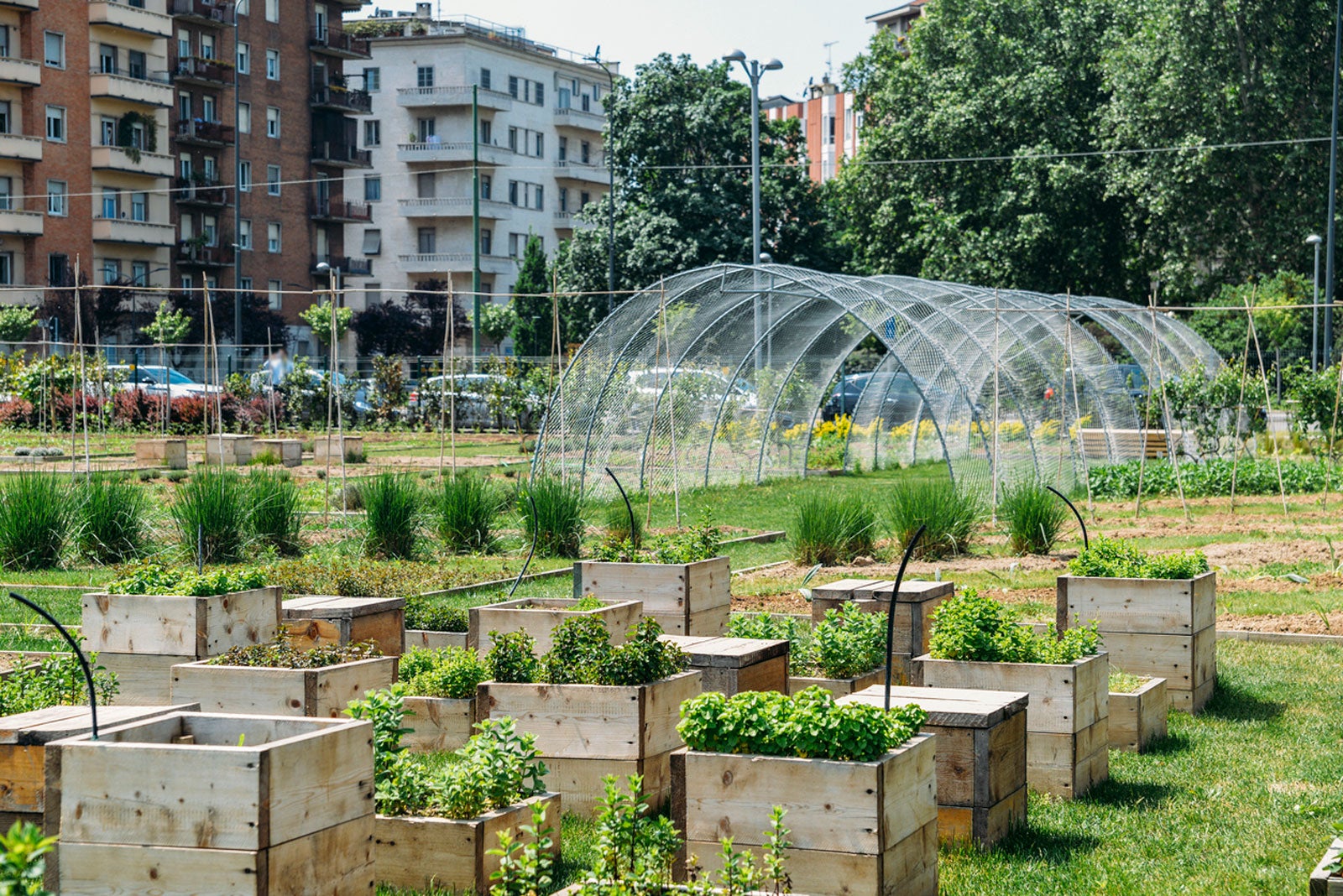Rumored Buzz on City Blooming
Rumored Buzz on City Blooming
Blog Article
City Blooming Can Be Fun For Anyone
Table of ContentsIndicators on City Blooming You Should KnowGetting The City Blooming To WorkFacts About City Blooming UncoveredCity Blooming - The FactsThe Best Guide To City Blooming
Interested in growing food up for sale in the City of Chicago? Thinking of starting a neighborhood garden? Modifications to the Chicago Zoning Statute permit farming uses like community gardens and city ranches in numerous components of the city. Below is a checklist of frequently asked questions regarding the policies and policies that farmers need to take into consideration when preparing a city agriculture job.
The zoning amendment does not change any other codes taking care of composting, building permits, purchasing or leasing City owned property, business licenses or ecological contamination. There are existing codes that manage these problems and they continue to be completely result and might apply to your job. Community gardens are usually possessed or managed by public entities, civic organizations or community-based organizations and kept by volunteers.
Urban farms expand food that is meant to be sold, either on a not-for-profit or for-profit basis. Due to their commercial function, metropolitan farms call for a business certificate.
An Unbiased View of City Blooming
Composting is allowed but only for plant product that is created and used on website. The quantity of compost product can not surpass 25 cubic lawns at any type of offered time according to the standards in 7-28-715 of the City's Municipal Code. Yes. Due to the fact that the dirt at the majority of brand-new yard websites requires amending, garden compost, dirt, wood chips, or various other materials can be obtained to construct or boost the growing area - fruit and vegtables.

If a structure license is required after that the hoophouse will certainly be considered an accessory building. You can learn even more about the building permit requirements by contacting the Division of Buildings. The 25,000-square-foot dimension limitation is meant to avoid a single community yard from controling an offered block or interfering with the block's existing residential or industrial personality.
The limit does not apply to yards situated in Public Open Area (POS) areas. Can there be even more than one neighborhood garden that is 25,000 square feet on a single block? Yes. The size limitation applies to specific yards, not to private blocks. No. Fence is not needed, nonetheless, gardens that have huge vehicle parking areas might be called for to set up fencing or other landscaping functions.
Getting The City Blooming To Work
B1 & B2 areas require that all commercial use tasks be carried out inside. R districts restrict industrial task. The regulations mirror the function and intent of the Zoning Code. Is fence required for metropolitan ranches? Yes. Fencings might be needed, along with landscaping and testing, for certain auto parking areas and outside work or storage locations depending on location and the details activity occurring.
Urban farms require structure permits and zoning authorizations prior to building (indoor plants). Other forms of city review might be needed depending on certain structures, tasks, dimension, landscaping, licensing, public heath and stormwater monitoring concerns.
Yes. The sort of license is figured out by what is taking place at the website. The Department of Business Affairs and Customer Security can help determine the specific kind of service certificate that's called for. Yes. Off street auto parking is required for most industrial projects in Chicago. The called for number of garage is based upon the variety of staff members working on site and not the square footage of the expanding room.
The Buzz on City Blooming

Yes. A city farm can sell compost product produced on website, nevertheless, the procedure has to follow the laws in 7-28-715 of the Chicago Municipal Code. Yes. Aquaponic systems are enabled inside on urban farms in several zoning districts. Nonetheless, a zoning testimonial and building permit is required in order to mount structures or systems and a service permit is needed as described over.
As much as five hives or nests of honey may be maintained as an accessory use. Beekeepers should sign up with the Illinois Department of Agriculture. For more information regarding the recommended zoning change you may get in touch with the her response Department of Real Estate and Economic Advancement, Bureau of Planning and Zoning at 312.744.8563.
, which takes place in country locations at the edge of suburbs.
The Main Principles Of City Blooming
, who seek to develop social networks started on a shared principles of nature and neighborhood holism. These networks can develop by method of official institutional assistance, ending up being integrated into local community planning as a "shift community" motion for sustainable metropolitan advancement.
The much more direct accessibility to fresh vegetable, fruit, and meat items that might be realised through metropolitan farming can improve food security and food security while lowering food miles, bring about reduced greenhouse gas discharges, thus adding to climate adjustment mitigation. Several of the first proof of metropolitan farming comes from Mesopotamia.
Report this page